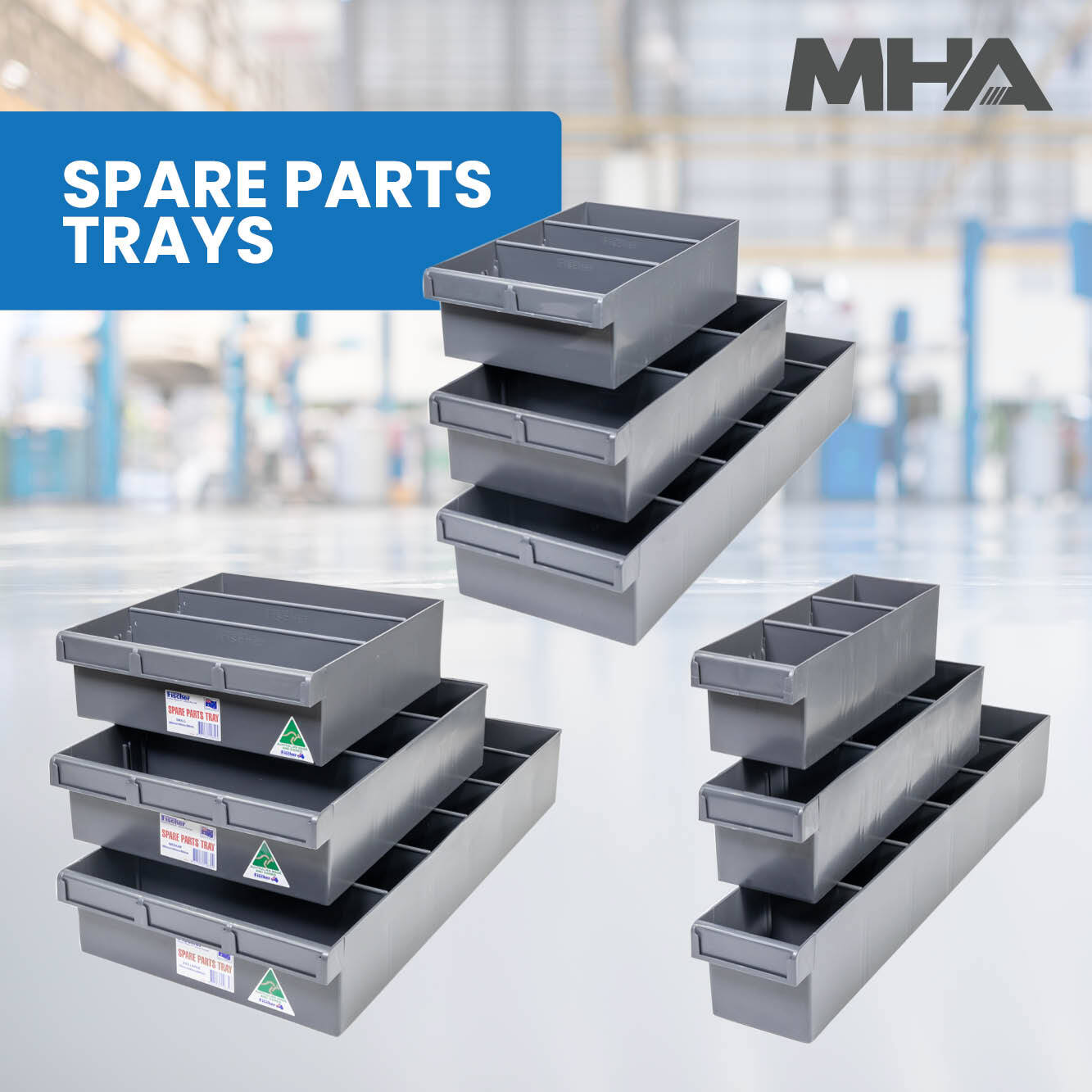Top Tips for Organising Small Parts and Tools in Your Workshop
Date Posted:4 September 2024
An organised workshop is a more productive and enjoyable place to work. By implementing these top tips—creating a layout plan, using clear containers, installing drawer systems, and incorporating labelling systems.
A well-organised workshop can be the difference between a productive day and a frustrating one. When small parts and tools are scattered and hard to find, it not only slows down your work but can also lead to unnecessary stress. Whether you’re a DIY enthusiast or a professional tradesperson, having a systematic approach to organising your workshop is essential. Here are some top tips to help you keep small parts and tools neatly organised and easily accessible.
1. Create a Layout Plan
Before diving into organising, take a moment to plan your workshop layout. Visualising how you want your space to function can save time and prevent clutter. Consider the flow of your work and place frequently used tools and parts within easy reach. For example, keep the tools you use most often close to your workbench and store less frequently used items in less accessible areas.
Tip: Sketch a basic floor plan of your workshop and mark the locations for tool storage, workbenches, and materials. This will help you make informed decisions about where everything should go.
2. Use Clear Storage Containers
For small parts such as screws, nuts, bolts, and washers, clear storage containers are invaluable. They allow you to see what’s inside without having to open each container. Opt for stackable containers with adjustable dividers to customise the compartments based on the size and quantity of your parts.
Tip: Label each container clearly. A label maker can help you create durable, easy-to-read labels that won’t fade over time.
3. Implement a Drawer System
Drawers are fantastic for keeping tools and small parts organised and protected from dust and damage. A drawer system with various sizes can help you categorise and store different types of tools and materials. For added organisation, use drawer dividers or small bins to separate items within each drawer.
Tip: Keep a small inventory list in each drawer to track what’s inside. This can be particularly useful if you have multiple drawers or storage units.
4. Hang Tools on Pegboards
Pegboards are an excellent way to maximise wall space and keep your tools visible and accessible. Install a pegboard above your workbench and use hooks, shelves, and baskets to organise your tools. This method not only saves space but also ensures that tools are easy to find and return to their designated spot.
Tip: Arrange tools on the pegboard based on frequency of use. Place the most commonly used tools at eye level or within easy reach.
5. Install Shelving Units
Shelving units can help you store larger tools, parts, and materials that don’t fit into drawers or containers. Adjustable shelves offer flexibility as your storage needs change. Consider installing shelves above workbenches or along walls to keep your workspace uncluttered.
Tip: Use shelves with guards or lip edges to prevent items from falling off. This is especially useful for smaller parts or tools that might otherwise be at risk of tipping over.
6. Utilise Tool Racks and Holders
Tool racks and holders are designed to keep tools organised and accessible. Magnetic tool holders, for instance, are perfect for storing screwdrivers, pliers, and wrenches. Wall-mounted racks or holders can keep frequently used tools off your workbench and prevent clutter.
Tip: Choose tool racks that are easy to install and can be customised to fit different sizes and types of tools. This allows you to adjust your setup as your collection of tools grows or changes.
7. Incorporate Labelling Systems
Effective labelling is crucial for maintaining order in your workshop. Use clear, legible labels for containers, drawers, and shelves. A consistent labelling system helps you and others quickly identify where items belong and reduces the time spent searching for specific parts or tools.
Tip: Consider using colour-coded labels or tags for different categories of items. This visual cue can make it even easier to find what you need at a glance.
8. Regularly Declutter and Maintain
Organising your workshop isn’t a one-time task; it requires ongoing maintenance. Regularly review your storage system to ensure it still meets your needs. Declutter by removing items that are no longer used or needed. This not only keeps your workshop tidy but also makes room for new tools and parts.
Tip: Set aside time every few months for a quick inventory check and clean-up. This can help prevent clutter from building up and ensure that your workshop remains efficient and organised.
9. Invest in Quality Storage Solutions
While it may be tempting to opt for cheaper storage options, investing in quality storage solutions can pay off in the long run. Durable, well-designed storage units will withstand the rigours of a busy workshop and provide better protection for your tools and parts.
Tip: Look for storage solutions that offer flexibility and expandability. This allows you to adapt your organisation system as your workshop evolves and your needs change.




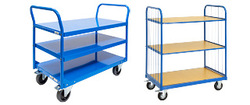

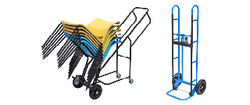


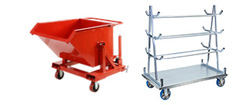
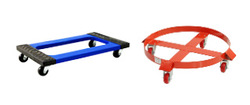
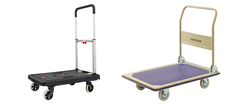
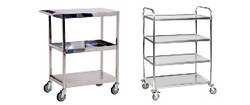

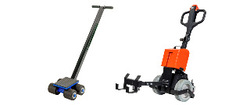
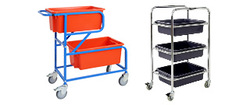
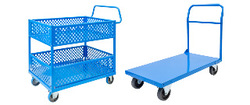
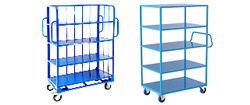
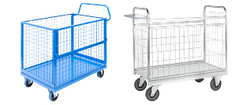
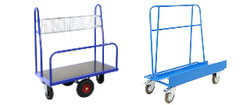
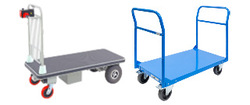
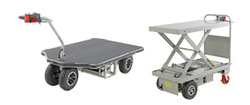

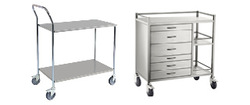
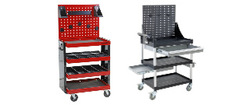
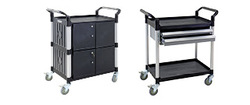
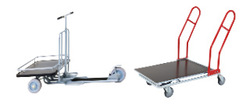
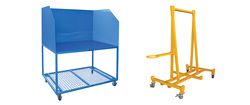



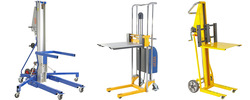



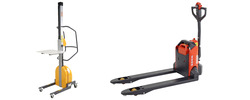
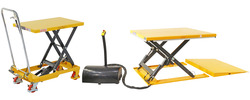
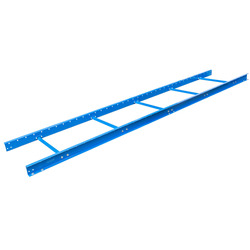
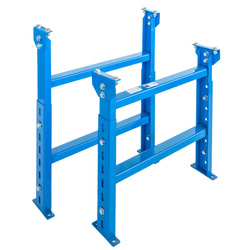

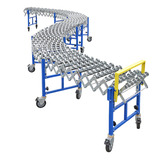




















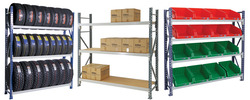
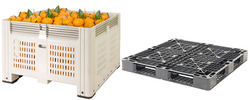
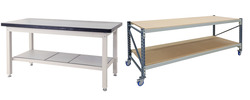
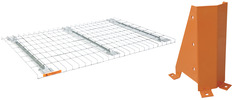
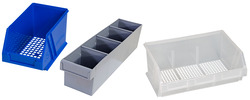

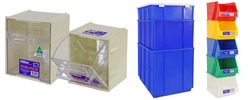

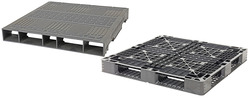
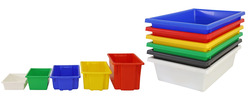
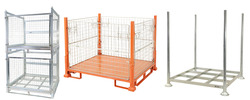

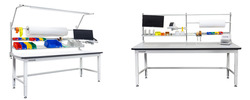

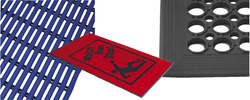
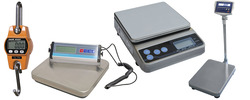



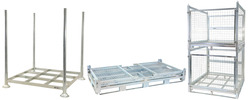
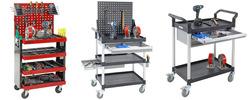
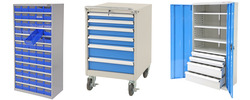

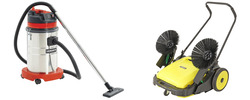











 Trolleys / Hand Trucks
Trolleys / Hand Trucks 2 Tier Trolleys
2 Tier Trolleys 3 Tier Trolleys
3 Tier Trolleys Aluminium Trolleys
Aluminium Trolleys Appliance & Hand Trucks
Appliance & Hand Trucks Cage Trolleys
Cage Trolleys Cleaning Carts & Trolleys
Cleaning Carts & Trolleys Construction Trolleys
Construction Trolleys Dollies
Dollies Foldable Trolleys
Foldable Trolleys Hospital Trolleys
Hospital Trolleys Laundry/Linen Trolleys
Laundry/Linen Trolleys Load Skates & Tow Tugs
Load Skates & Tow Tugs Mail / Office Trolleys
Mail / Office Trolleys Multi Purpose Trolleys
Multi Purpose Trolleys Multi-Tier Shelf Trolleys
Multi-Tier Shelf Trolleys Order Picking Trolleys
Order Picking Trolleys Panel Cart Trolleys
Panel Cart Trolleys Platform Trolleys
Platform Trolleys Powered Trolleys
Powered Trolleys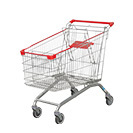 Shopping Trolleys
Shopping Trolleys Stainless Steel Trolleys
Stainless Steel Trolleys Tool Trolleys
Tool Trolleys Utility Carts
Utility Carts Warehouse Trolleys
Warehouse Trolleys Custom Trolleys
Custom Trolleys Lifting Equipment
Lifting Equipment Forklift Attachments
Forklift Attachments Jib Attachments
Jib Attachments Lifting Hoists & Pallet Hooks
Lifting Hoists & Pallet Hooks Manual Stackers & Lifters
Manual Stackers & Lifters Pallet Jacks
Pallet Jacks Pallet Lifters
Pallet Lifters Pallet Rotators & Dispenser
Pallet Rotators & Dispenser Powered Pallet Trucks & Electric Lifters
Powered Pallet Trucks & Electric Lifters Scissor Lift Trolleys and Tables
Scissor Lift Trolleys and Tables Conveyor Equipment
Conveyor Equipment Conveyor Frames
Conveyor Frames Conveyor Stands
Conveyor Stands Roller Conveyors
Roller Conveyors Skate Wheel Conveyors
Skate Wheel Conveyors Access Equipment
Access Equipment Container & Yard Ramps
Container & Yard Ramps Step Stools & Ladders
Step Stools & Ladders Work Platforms & Crane Cages
Work Platforms & Crane Cages Drum Handling
Drum Handling Drum Storage & Bunding
Drum Storage & Bunding Drum Trolleys & Lifters
Drum Trolleys & Lifters Forklift Drum Handling
Forklift Drum Handling Containment & Spillage
Containment & Spillage Aerosol Cans Storage Cages
Aerosol Cans Storage Cages Bunded Pallets & Storage
Bunded Pallets & Storage Corrosive Goods Storage Cabinets
Corrosive Goods Storage Cabinets Flammable Liquid Cabinets
Flammable Liquid Cabinets Forklift Gas Storage Cages
Forklift Gas Storage Cages Gas Cylinder Storage
Gas Cylinder Storage Site Storage
Site Storage Spill Kits
Spill Kits Stillage Cages
Stillage Cages Waste Handling
Waste Handling Bin Lifters & Tippers
Bin Lifters & Tippers Plastic Waste Bins and Carts
Plastic Waste Bins and Carts Steel Waste and Tipping Bins
Steel Waste and Tipping Bins Storage Equipment
Storage Equipment 750 Series Cage Configurations
750 Series Cage Configurations Heavy Duty Cabinets & Benches
Heavy Duty Cabinets & Benches Heavy Duty Shelving
Heavy Duty Shelving Mega Bins & Pallets
Mega Bins & Pallets Packing Benches
Packing Benches Pallet Racking Accessories
Pallet Racking Accessories Parts Trays & Stor-Pak Bins
Parts Trays & Stor-Pak Bins Pegboard & Louvre Panels
Pegboard & Louvre Panels Plastic Bins
Plastic Bins Plastic Handling Solutions Bins
Plastic Handling Solutions Bins Plastic Pallets
Plastic Pallets Stack & Nest Bins
Stack & Nest Bins Storage Cages
Storage Cages Workplace Equipment
Workplace Equipment Workbenches
Workbenches Modular Workbenches
Modular Workbenches Electric Height-Adjustable Workbenches
Electric Height-Adjustable Workbenches Floor Matting
Floor Matting Industrial Weighing Scales
Industrial Weighing Scales Pallet Wrapping & Packaging Machinery
Pallet Wrapping & Packaging Machinery Ramps
Ramps Stationery Cupboards
Stationery Cupboards Storage and Stillage Cages
Storage and Stillage Cages Tool Trolleys
Tool Trolleys Tooling Cabinets
Tooling Cabinets Wheelie Bins
Wheelie Bins Workshop Equipment
Workshop Equipment Safety Equipment
Safety Equipment Gloves and PPE
Gloves and PPE Pallet Rack Post Protectors
Pallet Rack Post Protectors Safety Barriers & Bollards
Safety Barriers & Bollards Safety Knives & Cutters
Safety Knives & Cutters Signs and Traffic Supplies
Signs and Traffic Supplies Tool & First Aid Boxes
Tool & First Aid Boxes Construction Equipment
Construction Equipment Concrete Equipment
Concrete Equipment General Site Equipment
General Site Equipment Lifting Equipment
Lifting Equipment Site Storage
Site Storage Waste
Waste 

